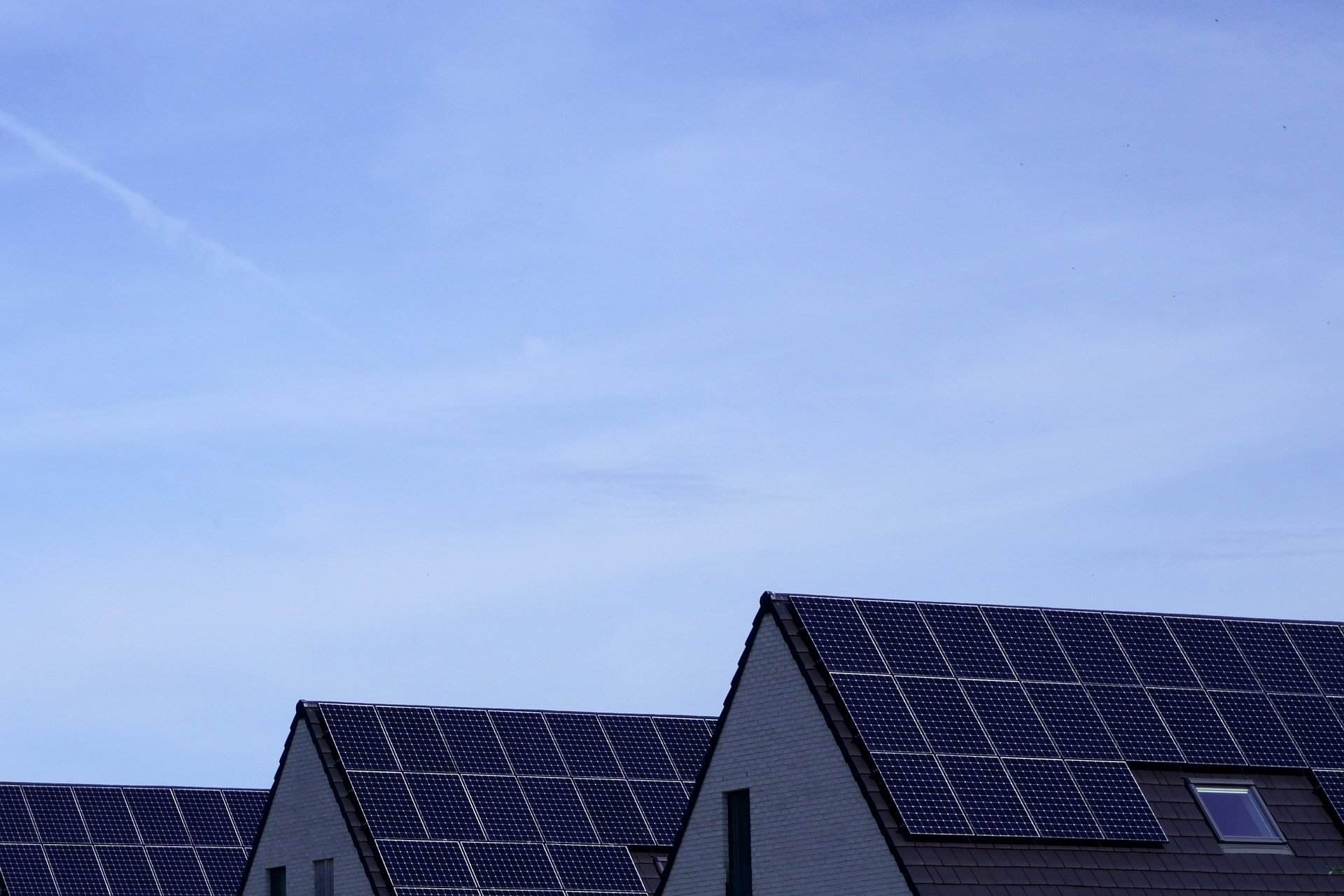Learn more about solar panel cleaning
Solar panels require regular maintenance to operate at peak efficiency, and cleaning is one of the most important aspects of this upkeep. Dust, debris, bird droppings, and environmental pollutants can significantly reduce your system's energy output, sometimes by as much as 25% in heavily soiled conditions. Understanding proper cleaning techniques and maintenance schedules helps homeowners maximize their solar investment while ensuring long-term system performance and reliability.

Solar panel systems represent a significant investment in renewable energy, making proper maintenance essential for optimal performance. While solar panels are designed to withstand various weather conditions, they inevitably accumulate dirt, dust, pollen, and other debris that can impact their efficiency. Regular cleaning and maintenance not only preserve your system’s energy output but also extend its operational lifespan.
Enhance your solar panel efficiency through proper maintenance
Clean solar panels can produce significantly more electricity than dirty ones. Research indicates that soiled panels may experience efficiency losses ranging from 5% to 25%, depending on the level of contamination and local environmental conditions. Factors such as proximity to agricultural areas, construction sites, or busy roads can accelerate the accumulation of debris on panel surfaces.
The photovoltaic cells in solar panels require direct sunlight to generate electricity effectively. When dirt, dust, or other materials create a barrier between the sun and the panel surface, energy production decreases proportionally. Even a thin layer of dust can reduce output, while heavier soiling from bird droppings or tree sap can create more substantial efficiency losses.
Keep your panels in top condition with regular inspections
Establishing a routine inspection schedule helps identify cleaning needs before they significantly impact performance. Visual inspections should occur monthly, looking for obvious debris, discoloration, or damage to the panel surface. Pay particular attention to areas where dirt tends to accumulate, such as the bottom edges of panels or sections beneath overhanging branches.
Seasonal factors influence cleaning frequency requirements. Spring pollen, summer dust storms, autumn leaves, and winter snow all present different challenges for solar panel maintenance. Areas with frequent rainfall may require less frequent cleaning, as natural precipitation can help remove light debris, while arid regions typically need more regular attention.
Discover the benefits of regular cleaning schedules
Consistent cleaning schedules offer multiple advantages beyond immediate efficiency gains. Regular maintenance helps prevent permanent staining or etching that can occur when certain contaminants remain on panel surfaces for extended periods. Bird droppings, in particular, can become acidic over time and potentially damage anti-reflective coatings.
Proper cleaning also provides opportunities to identify potential issues early, such as loose connections, cracked panels, or inverter problems. Addressing these concerns promptly can prevent more costly repairs and maintain warranty coverage. Many solar panel manufacturers require evidence of regular maintenance to honor warranty claims.
Maximize energy production with clean panels using safe techniques
Safety should always be the primary consideration when cleaning solar panels. Ground-mounted systems are generally easier and safer to clean than rooftop installations. For rooftop systems, consider hiring professional cleaning services, especially for steep or high installations where fall risks are significant.
When cleaning is safe to perform personally, use appropriate equipment and techniques. Soft-bristled brushes, squeegees, and microfiber cloths work well for removing debris without scratching panel surfaces. Avoid abrasive materials, harsh chemicals, or high-pressure water that could damage protective coatings or seals.
Learn simple cleaning techniques today for optimal results
Effective solar panel cleaning requires minimal equipment and can be accomplished with basic household items. Start by rinsing panels with clean water to remove loose debris. For stubborn dirt or bird droppings, use a mild soap solution and soft brush to gently scrub the surface. Work during cooler parts of the day to prevent rapid drying that can leave streaks or water spots.
Rinse thoroughly after cleaning to remove all soap residue, which can attract dirt if left on the surface. Allow panels to air dry completely, or use a clean squeegee to remove excess water. Avoid walking on panels or placing excessive weight on their surfaces during the cleaning process.
| Service Type | Provider | Cost Estimation |
|---|---|---|
| Professional Cleaning | SunPower Services | $150-300 per visit |
| DIY Cleaning Kit | Solar Cleaning Solutions | $50-100 initial cost |
| Annual Maintenance Contract | Tesla Energy Services | $200-500 annually |
| One-time Professional Service | Local Solar Contractors | $100-250 per visit |
Prices, rates, or cost estimates mentioned in this article are based on the latest available information but may change over time. Independent research is advised before making financial decisions.
Timing plays a crucial role in effective solar panel cleaning. Early morning or late evening hours provide optimal conditions, avoiding the heat of midday when panels are hot and water evaporates quickly. Cool panels are also safer to work on and less likely to crack from thermal shock when exposed to cool water.
Proper solar panel maintenance, including regular cleaning, ensures maximum return on your renewable energy investment. While the initial learning curve may seem daunting, establishing good maintenance habits becomes routine and helps preserve both system performance and long-term value. Consider your local climate, environmental factors, and personal safety capabilities when developing a maintenance schedule that works for your specific situation.


